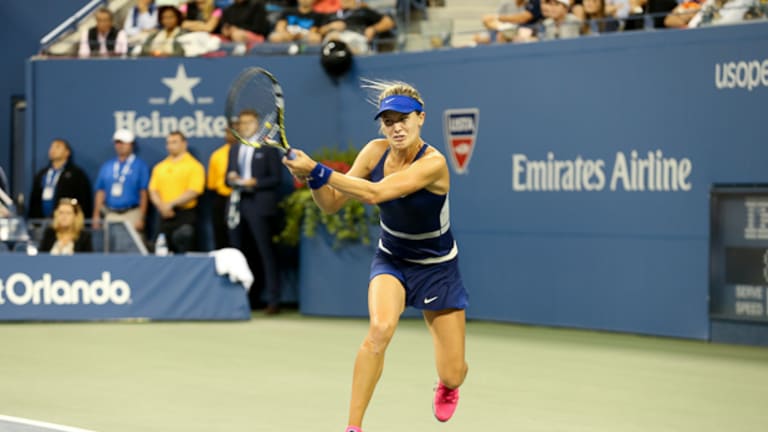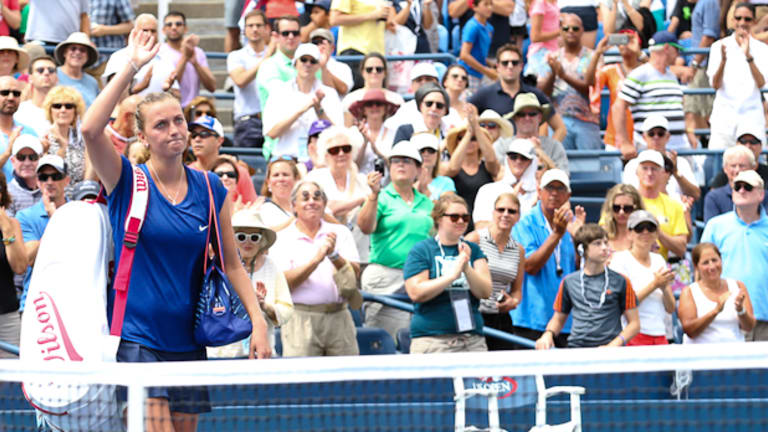“He’s a big guy, I try to move him around.”
NEW YORK—This was all Philipp Kohlschreiber could come up with when he was asked how he had just beaten John Isner for the third straight year at the U.S. Open. It must be hard for Kohlschreiber to know exactly why he keeps beating Isner here. Whatever he does at the Open, it doesn’t work anywhere else: He’s 0-4 against the big man outside of Flushing Meadows, 3-0 inside it.
But this has been the way of Isner’s career: Everything changes—i.e., gets much worse—when he moves from best-of-three to best-of-five. All of his wins over Kohlschreiber have come in the the shorter format; all of his losses in the longer one.
Isner has struggled at Slams in the past because he’s run out of gas after playing a long match. But one thing he has done one well across the board, in any format, is play tiebreakers. He had won nearly 70 percent of them over the last 12 months, while Kohlschreiber had won less than 50 percent. Yet Kohlschreiber won all three breakers they played today. Isner says he typically relaxes when he gets to a breaker; his serve is always there for him. But today, in front of an Open crowd that he has long struggled to deliver for, that wasn’t the case. The No. 1 American double-faulted twice in one tiebreaker, and when he tried a surprise serve-and-volley foray at 4-4 in the final breaker, he was passed. It wasn’t necessarily the wrong play: Isner served-and-volleyed four other times during the match and won each point.
Isner said he wasn’t as disappointed in losing the tiebreakers as he was in having to play three of them in the first place. He converted on just one of 12 break points in the 7-6 (4), 4-6, 7-6 (2), 7-6 (4) loss.
“I had my chances,” he said with a shake of his head later. “I put pressure on myself, and you want to do well for that fantastic crowd. He beat me fair and square obviously, but I gotta be better than that.”
Credit Kohlschreiber, as Isner said, for “beating me three times in a row here.” The German, who is a full foot shorter than the American, once again played bigger than his big opponent when it mattered. He won four fewer points than Isner, was 0 for 5 on break points, and survived 42 aces in four sets. Kohlschreiber countered with 55 winners of his own, without the benefit of a rocket serve, and he had the answer to every surge from Isner and roar from the crowd. For Kohlschreiber, it came down to one shot.
“The last [tiebreaker],” he said, “I made just one return. I think he made four aces or five. Yeah, what should I say? I was guessing in the right moment, right time.”
Only against John Isner can you be aced 42 times, make one return, and win a match.
“It’s annoying,” Isner said, understandably, in summation.

